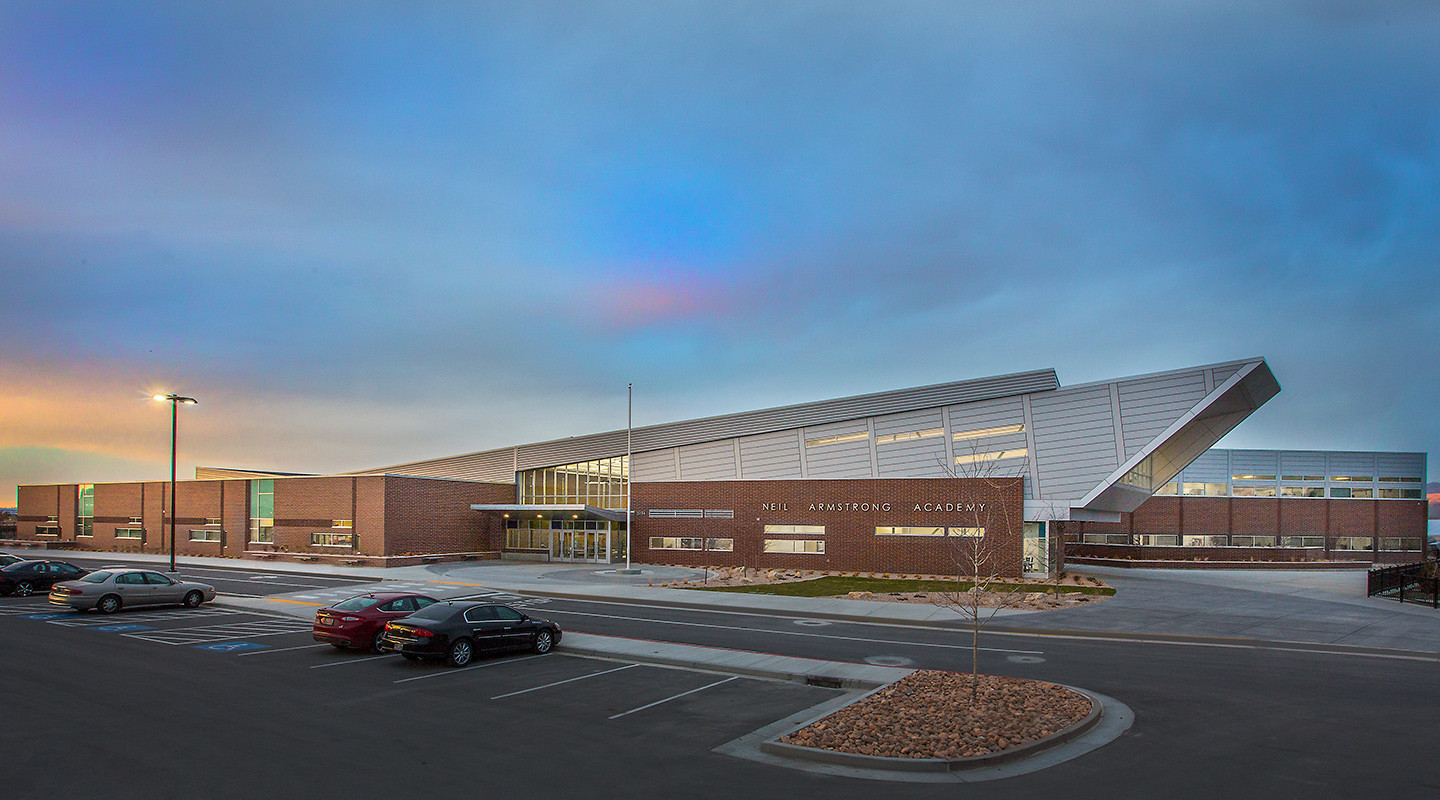This is a rather long post. Sorry. However, it was a rather long thought process, so a short post would probably not do it justice. I think it’s well worth your time.
As we work our way through the mammoth task of furnishing Neil Armstrong Academy, I want to share a unique sitting arrangement we’re looking to adopt at Armstrong this year.
Many things at Armstrong will not be done in the traditional way. Our pedagogy is going to look and feel a little different than what many of us have done in the past. Students will be turning to each other frequently and will be shouldering a great deal of thinking and talking.
Superintendent Bates described traditional classrooms well in his “Education in the 21st Century” presentation a couple of years ago when he shared these pictures:



As he pointed out, classrooms haven’t changed much in the last 150 years. They’re set up perfectly for students to “sit and get.”
In furnishing Neil Armstrong Academy, we had a couple of goals that differed from the traditional sit-and-get model. First, we knew we wanted a set up that lent itself to students engaging in critical thinking with each other and various problem-based learning activities built heavily on exploration and discussion. Second, we wanted a structure that facilitated the kinesthetic movement needs of learning and offered a variety of posture options for student needs.
After visiting many schools with a STEM focus to see a variety of classroom arrangements and after brainstorming with the Armstrong staff, we’ve chosen a setup we hope meets both of these goals:
To facilitate the level of group discussion we hope to see in all classrooms, we’ll outfit each room with 48″x48″ tables (slightly smaller in the younger grades). This should lend itself well to students having enough individual space and also being close enough to classmates for discussions. Because the tables are perfect squares, students will be positioned so they are on equal footing for group discussions and activities. The following two pictures show what these tables look like in a fourth-grade class:


The planned seating may be even more unique. In researching options, we saw that classrooms set up more like a science lab (using stools instead of chairs) seemed to encourage students to lean inward toward group members rather than recline backward away from the discussion. Since leaning on the table acts as the most natural relief while sitting on a stool, the furniture itself encourages students to lean toward the discussion and toward other teammates.


Because I was somewhat skeptical at first, I borrowed one of the stools and sat on it until I was forced to give it back. I worried I would tire throughout the day without a back, but I was surprised to feel perfectly comfortable (using the table for extra support) and surprisingly alert.
Another intriguing idea we came across early on in this decision-making process was the “sit-stand” set up for kids. Essentially, this means preparing a seat-to-table height conducive to students picking if they would prefer to sit or stand. For an adult, this would be roughly equivalent to using a counter-height table and a bar stool instead a more traditional-leveled table and corresponding chair. This gives the students the option to seamlessly stand during class discussions and still be roughly the correct height for working at their table. For preschoolers, it looks about like this:

Adopting this approach would mean using stools and tables that are proportionately higher than usual, and the stools and tables would increase in height by grade level. The youngest students would use 18-inch-high stools and the oldest students would use 30-inch-high stools. Essentially, the 5th and 6th grade stools/tables will be roughly the heights you might find in a cafe, as shown below:


See . . . long post, huh?
The tables, the stools, and the sit-stand arrangement we’re adopting are intended to facilitate Armstrong students in the type of learning activities we hope to see at a STEM school. With this arrangement, we hope to see students more inclined to engage in worthwhile group discussions and activities and to have the freedom of movement during the six-hour school day. Many studies support children needing movement to focus during a complicated mental task (Article).
Of course, each classroom will also be equipped with a small-group meeting table with more traditional chairs for a variety of sitting experiences throughout the day. Additionally, we’re prepared to accommodate any individual needs that may vary from the standard set up.
Ultimately, we’re very excited about the possibilities this arrangement should support.












You must be logged in to post a comment.